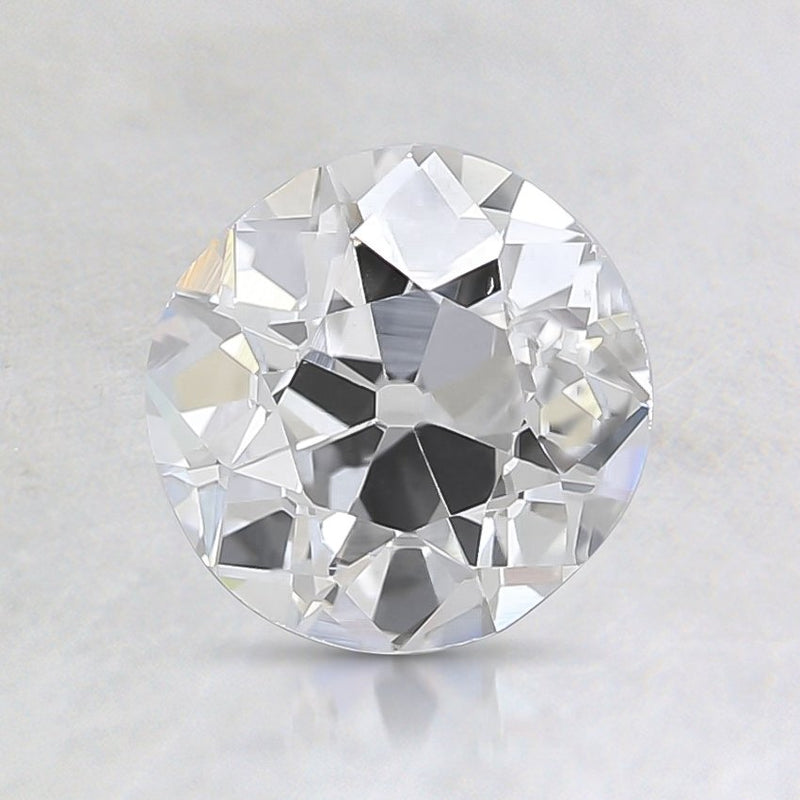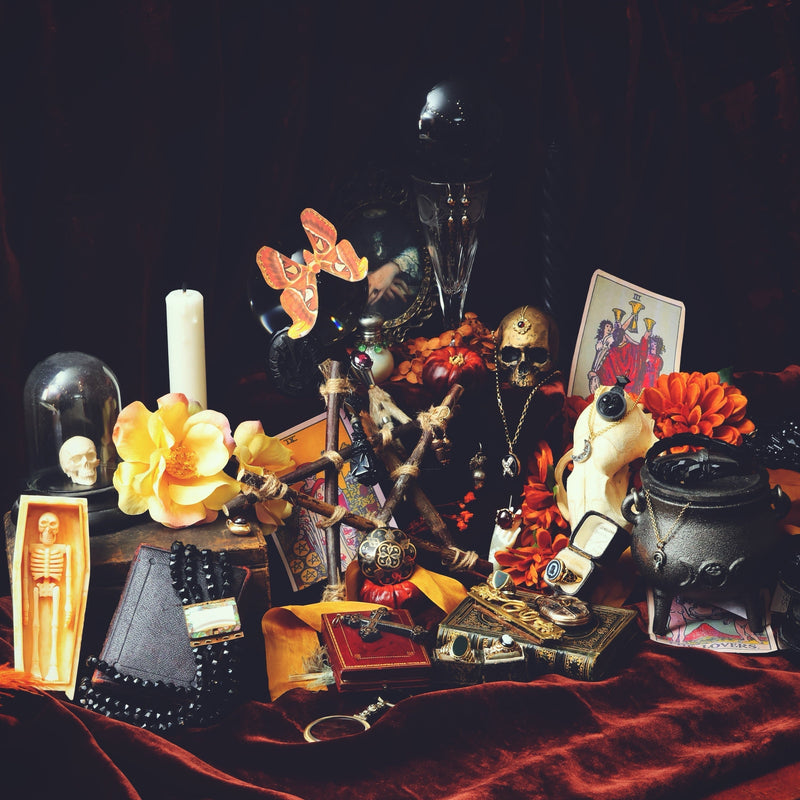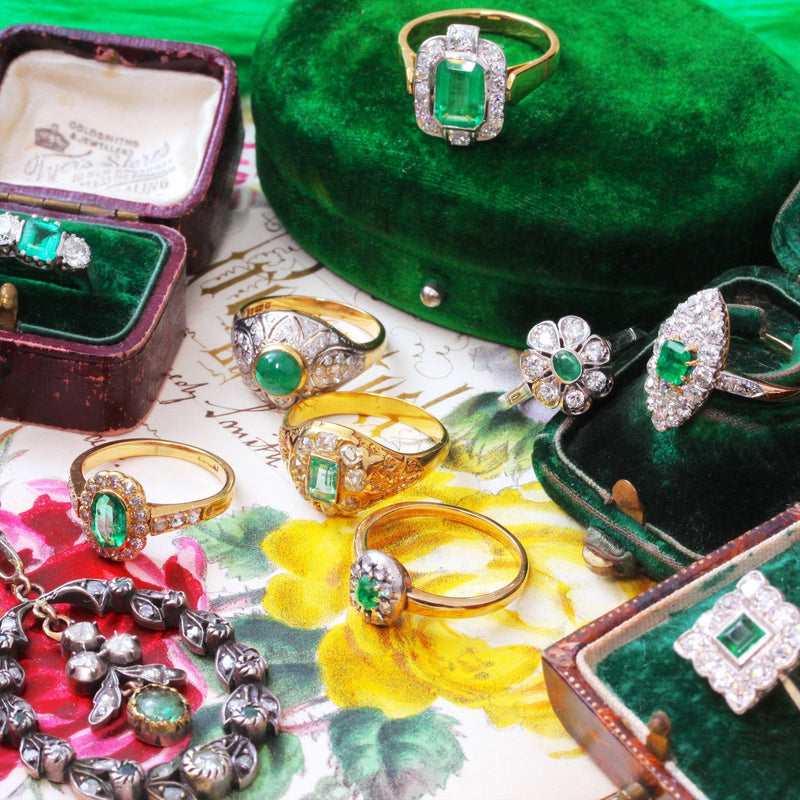
Perhaps our favourite cut of all, the Old European Cut (OEC) Diamond is a round cut of Diamond popular from 1890-1930, much seen in jewellery of the Edwardian and Art Deco period. These Diamonds were the predecessor of the modern round brilliant cut Diamond, which is now the most popular diamond shape, and became possible due to the invention of the steam-driven bruting machine in 1874, which made the rounding of Diamonds far easier.

Old European Cut Diamonds have their own special charm because Diamond cutters had to rely on their skill and experience to hand-cut them, making each stone unique. We love them for their firey brilliance, but because they are hand faceted sometimes the circular shape is slightly imperfect. They are also recognisable from what looks like a small dark circle which you can see if you look straight down on the Diamond from above. This is the Old European’s 'culet', a facet cut at the base of the Diamond which is nowadays considered undesirable and modern Diamonds nearly all have a sharp point at the base, the matching facets reflecting the light back.
The general characteristics are as follows:
- A distinctive culet (the extra' facet at the base of the stone)
- A small table (the table is the facet at the top of the Diamond)
- A thicker, unpolished girdle (the girdle is the sides of the Diamond)
- It has 58 facets – the same as the modern Brilliant Cut
- Larger, chunkier and sometimes uneven facets compared to a Modern Brilliant Cut








